A large and rare gilt bronze figure of a standing Amitayus with aura on a lotus flower, Zanabazar, Mongolia, third quarter of 17th century IT WILL NOT BE POSSIBLE TO PARTICIPATE IN THIS BY THE WEB, WILL BE ACCEPTED ONLY TELEPHONE BIDS AND ROOM BIDS (WITH SPECIAL PADDLE). FOR PARTICIPATION ON THIS PLEASE PLEASE CONTACT CAMBI AT LEAST 5 WORKING DAYS BEFORE SALES FOR REGISTRATION AND SECURITY DEPOSIT. height 68.5 cm Provenance: Cerruti the facial expression is relaxed and strong at once: the arched eyebrows meet at the tip of the nose to frame the eyes, that are elegantly curved in deep meditation. The body is proportioned according to the standards of Tibetan iconography, allowing a sense of naturalness to shine through. A part of his long black hair is gathered up into a high bun and a part flows down to his feet. He is wearing the thirteen ornaments of a princely Bodhisattva: the five-pointed crown, heavy earrings, several necklaces, armbands, bracelets, strands of pearls, belt and anklets. He stands upright on a pedestal of lotus flowers in full bloom and in his hands he holds a cup. ZANABAZARTibetan Buddhism, a religion of strong ritual character and with a crowded pantheon of gods and deities, was a source of inspiration for religious art in Mongolia. Mongolian art was strongly influenced by the styles of the neighboring regions of Tibet, India, Nepal and China. Cultural relations between Tibet and Mongolia were closely woven and long-standing: Tibetan Lamas would proselytize in Mongolia and Mongols would go on pilgrimages to Tibet. Tibetan sculptures and objects of worship were precious fruits of these travels and were a source of inspiration for local masters. Artists would follow the descriptions in the religious texts when designing the sacred image, faithfully observing its iconography and proportions. Mongolian sculpture art, while sharing the same iconography as Tibetan and Chinese art, stands out significantly due to precise technical and formal characteristics. The style of the ornament, the shape of the lotus petals and the way the base is inserted and sealed often reveals evidence on the country of origin. In the late 17th and early 18th century, the sculptor par excellence in the Buddhist countries was Zanabazar. Bogdo Gegen Zanabazar (Mongolia 1635-1723) was the son of the Tusheet Khan, one of the leaders of Mongolia in the 17th century, a direct descendant of Chinggis Khan, the founder of the Mongol Empire. Zanabazar was not only a great artist, but also an enlightened monk and one of the most relevant characters in his country’s political, religious and cultural history. During a trip to Tibet in 1640, he was recognized both by the Panchen Lama and by the Dalai Lama as a living Buddha and was considered to be the fist Mongolian incarnation of the Buddha Avalokitesvara. Esteemed scholar, astrologer, physician and poet, Zanabazar was often surrounded by an aura of legend, but he is best known for his unparalleled sculptures, which are among the top works of Buddhist art. In Zanabazar’s work, and especially in the sculptures, mostly made by the followers of his school, what stands out thanks to their singular beauty are the proportions and the facial expressions of the deities, portrayed in deep meditation, skillfully depicted according to the characteristics of the ideal body. In 1688 Zanabazar wrote the new alphabet Soyomb, whose symbol appears on the flag of Mongolia. Zanabazar’s greatest contribution to Mongolian art were his sculptures in gilt bronze. They portray young, beautifully proportioned figures. Their faces are characterized by a high forehead, thin arched eyebrows, high-bridged noses and small plump lips. The jewelry is sophisticated, especially the simple long strand of pearls laid across the bust. Zanabazar’s sculptures are generally composed of two parts, the body and the pedestal, created separately and then welded together. Most of the sculptures were then mercury-gilded. In keeping with
A large and rare gilt bronze figure of a standing Amitayus with aura on a lotus flower, Zanabazar, Mongolia, third quarter of 17th century IT WILL NOT BE POSSIBLE TO PARTICIPATE IN THIS BY THE WEB, WILL BE ACCEPTED ONLY TELEPHONE BIDS AND ROOM BIDS (WITH SPECIAL PADDLE). FOR PARTICIPATION ON THIS PLEASE PLEASE CONTACT CAMBI AT LEAST 5 WORKING DAYS BEFORE SALES FOR REGISTRATION AND SECURITY DEPOSIT. height 68.5 cm Provenance: Cerruti the facial expression is relaxed and strong at once: the arched eyebrows meet at the tip of the nose to frame the eyes, that are elegantly curved in deep meditation. The body is proportioned according to the standards of Tibetan iconography, allowing a sense of naturalness to shine through. A part of his long black hair is gathered up into a high bun and a part flows down to his feet. He is wearing the thirteen ornaments of a princely Bodhisattva: the five-pointed crown, heavy earrings, several necklaces, armbands, bracelets, strands of pearls, belt and anklets. He stands upright on a pedestal of lotus flowers in full bloom and in his hands he holds a cup. ZANABAZARTibetan Buddhism, a religion of strong ritual character and with a crowded pantheon of gods and deities, was a source of inspiration for religious art in Mongolia. Mongolian art was strongly influenced by the styles of the neighboring regions of Tibet, India, Nepal and China. Cultural relations between Tibet and Mongolia were closely woven and long-standing: Tibetan Lamas would proselytize in Mongolia and Mongols would go on pilgrimages to Tibet. Tibetan sculptures and objects of worship were precious fruits of these travels and were a source of inspiration for local masters. Artists would follow the descriptions in the religious texts when designing the sacred image, faithfully observing its iconography and proportions. Mongolian sculpture art, while sharing the same iconography as Tibetan and Chinese art, stands out significantly due to precise technical and formal characteristics. The style of the ornament, the shape of the lotus petals and the way the base is inserted and sealed often reveals evidence on the country of origin. In the late 17th and early 18th century, the sculptor par excellence in the Buddhist countries was Zanabazar. Bogdo Gegen Zanabazar (Mongolia 1635-1723) was the son of the Tusheet Khan, one of the leaders of Mongolia in the 17th century, a direct descendant of Chinggis Khan, the founder of the Mongol Empire. Zanabazar was not only a great artist, but also an enlightened monk and one of the most relevant characters in his country’s political, religious and cultural history. During a trip to Tibet in 1640, he was recognized both by the Panchen Lama and by the Dalai Lama as a living Buddha and was considered to be the fist Mongolian incarnation of the Buddha Avalokitesvara. Esteemed scholar, astrologer, physician and poet, Zanabazar was often surrounded by an aura of legend, but he is best known for his unparalleled sculptures, which are among the top works of Buddhist art. In Zanabazar’s work, and especially in the sculptures, mostly made by the followers of his school, what stands out thanks to their singular beauty are the proportions and the facial expressions of the deities, portrayed in deep meditation, skillfully depicted according to the characteristics of the ideal body. In 1688 Zanabazar wrote the new alphabet Soyomb, whose symbol appears on the flag of Mongolia. Zanabazar’s greatest contribution to Mongolian art were his sculptures in gilt bronze. They portray young, beautifully proportioned figures. Their faces are characterized by a high forehead, thin arched eyebrows, high-bridged noses and small plump lips. The jewelry is sophisticated, especially the simple long strand of pearls laid across the bust. Zanabazar’s sculptures are generally composed of two parts, the body and the pedestal, created separately and then welded together. Most of the sculptures were then mercury-gilded. In keeping with

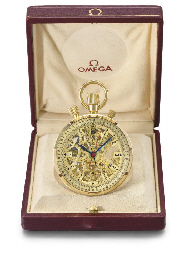
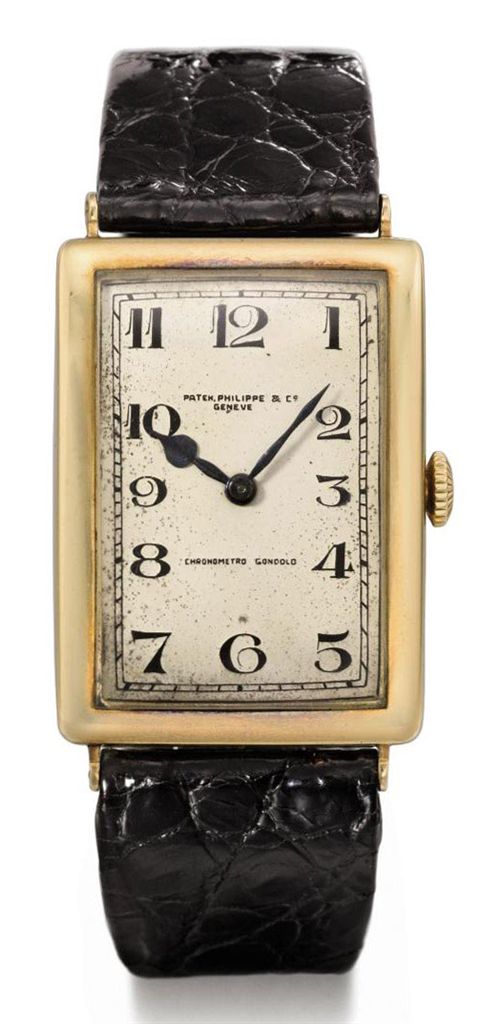
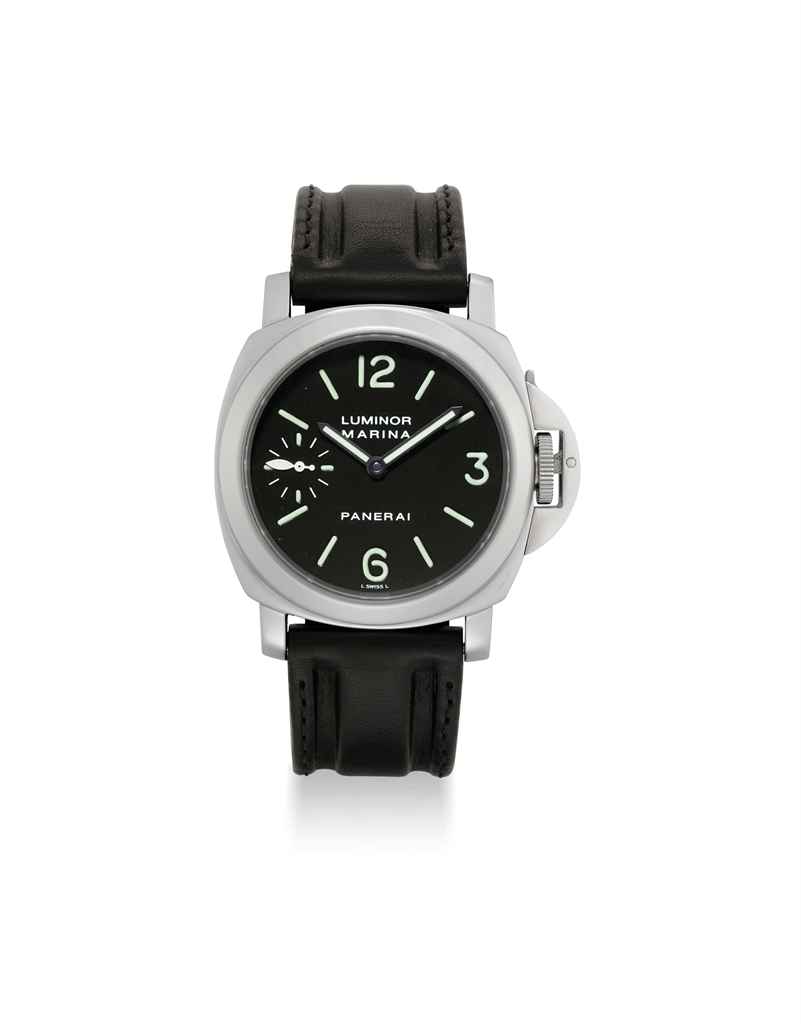


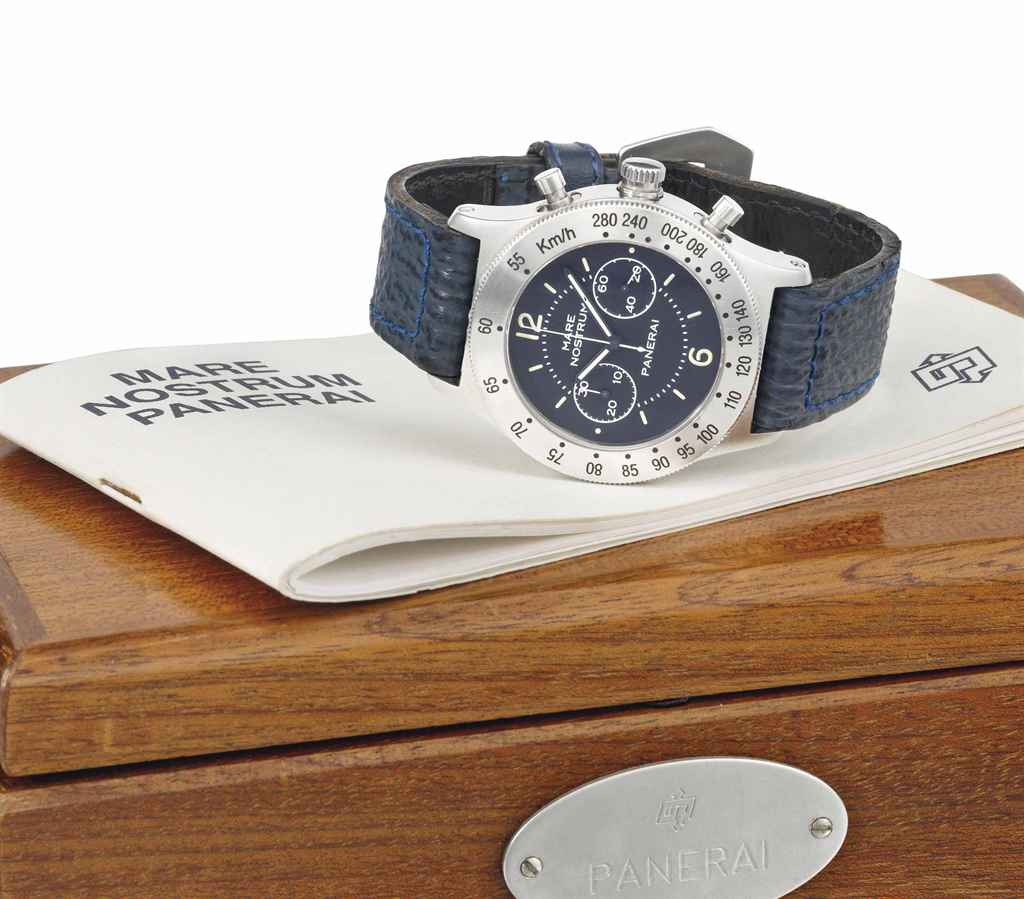


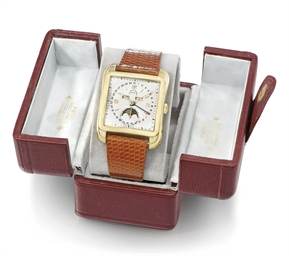

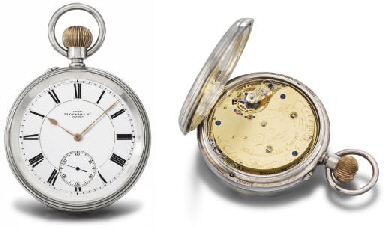
.jpg)
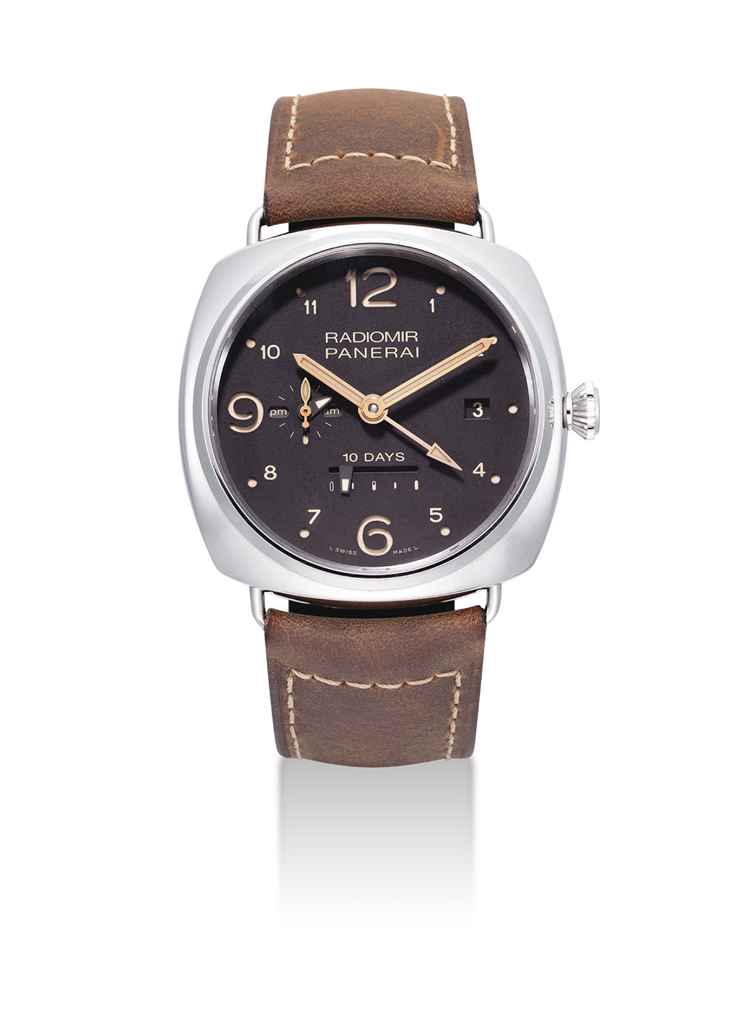
.jpg)
Try LotSearch and its premium features for 7 days - without any costs!
Be notified automatically about new items in upcoming auctions.
Create an alert